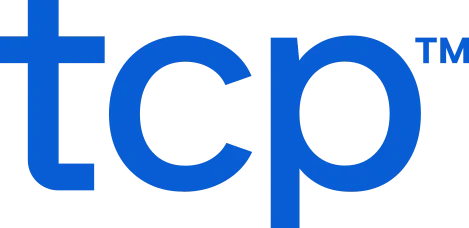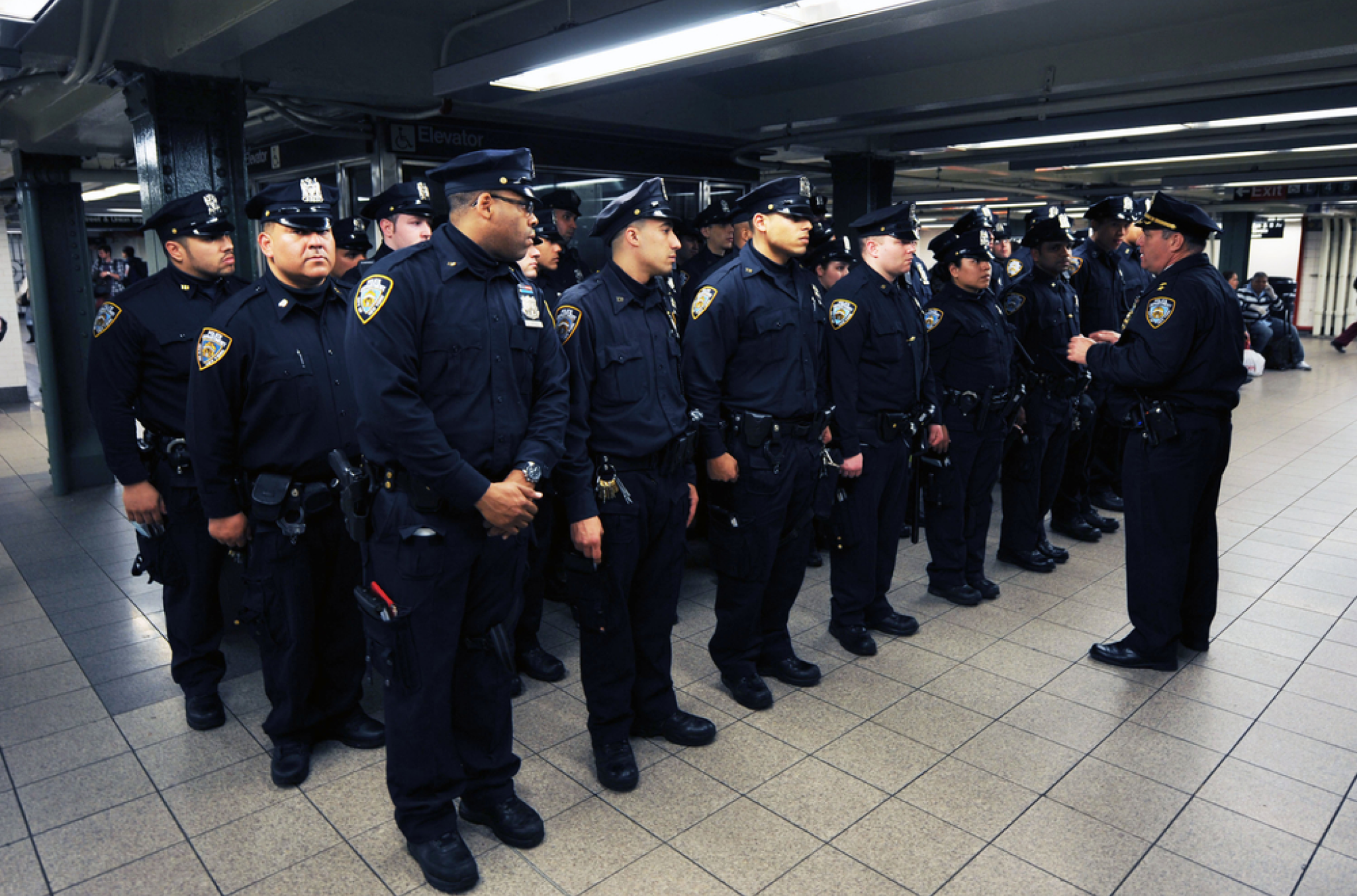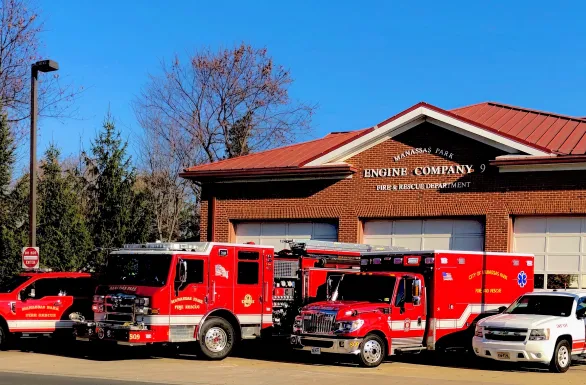One missed update on a whiteboard shouldn’t put a whole police department’s operation at risk, but it could. An officer calls out sick, the note gets lost in the shuffle, and the next day’s shift goes uncovered. What should’ve been routine coordination turned into last-minute scrambling and a real safety concern.
This is an all-too-common reality for employee scheduling in public safety.
Public safety agencies face 24/7 coverage demands, high-stakes operations, and tight training calendars, yet many still rely on 1980s-like paper rosters, spreadsheets, or text chains to keep schedules straight.
In this guide, we’ll examine why public safety scheduling is uniquely complex, how manual methods fall short, and how modern tools can help you support safer, smarter staffing across law enforcement, fire, EMS, and emergency operations centers.
Why employee scheduling is mission-critical in public safety
You already know how high the stakes are in public safety. So you know if your team’s schedule is even slightly out of sync, it can:
- Disrupt operations
- Delay response times
- Put your people and community at risk
Agencies can’t afford to guess whether a shift is covered, so employee scheduling in public safety must be accurate, visible, and flexible. And as workforce shortages grow, great scheduling practices can’t be understated. Over 70% of agencies reported that recruitment is more difficult now than it was five years ago, with agencies operating at 91% of their staffing levels on average (nearly a 10% deficit).
Despite the obvious problems with existing systems, many departments still rely on them. Without real-time coordination, manual scheduling makes it harder to see coverage gaps, enforce labor law compliance, prevent fatigue violations, or prepare for emergencies.
Every public safety team, and the communities that depend on them, deserves better.
What makes public safety scheduling uniquely complex?
Public safety scheduling is in a league of its own. It’s not sales shifts or 9-5 desk hours. You’re planning for the unpredictable, the high-risk, and the literal life-or-death situations.
As such, public safety agencies and departments fluctuate across rotating shifts instead of typical desk hours:
- Police officers typically work a mix of rotating 8-, 10-, or 12-hour shifts.
- Firefighter work schedules come in various formats depending on department goals and community coverage needs. But some include a swing shift, or a 24-hour shift with 48 or 72 hours off.
- EMS teams use a mix of rotating 12- and 24-hour shifts.
- Dispatchers generally follow rotating 8- or 12-hour shifts.
- Corrections officers commonly use fixed or rotating 8-hour shifts.
But what really sets employee scheduling in public safety apart from other industries?
1. Around-the-clock coverage is non-negotiable
Public safety doesn’t stop just because it’s 5:00 p.m. You need 24/7/365 staffing, including overnight shifts, weekends, holidays, and short-notice callouts.
Emergencies don’t wait for business hours, and neither can your schedule.
- Law enforcement must cover every patrol zone at all hours
- Fire departments need full crews ready to respond day or night
- EMS teams must prepare for fluctuating call volumes, even on paid holidays
- Dispatch centers and correctional facilities must operate continuously with no gaps
2. Certifications and training affect every assignment
In public safety, you know that not just anyone can fill a shift. Roles often require specific licenses, qualifications, or rank. Scheduling the wrong person can delay your response and put your team and community at risk.
- You can’t assign a ladder company without a certified officer in charge
- An ambulance can’t roll without the correct combination of paramedic, EMT, and driver
- Certain law enforcement roles require firearms qualifications, K9 certifications, or court clearance
- Dispatchers and correctional officers may need mandatory training to be scheduled in secure posts
3. Compliance rules raise the stakes even higher
On top of operational requirements, you’re also navigating union contracts, department policies, and labor laws. These rules impact how many hours someone can work, how shifts rotate, and how time-off or PTO is approved.
- Fatigue rules can dictate minimum time between shifts
- Union rules often govern who gets first choice for time off or shift swaps
- Overtime thresholds must be tracked and respected to maintain compliance
4. Flexibility is the standard
When the unexpected happens, most manual scheduling systems fall short because your schedule has to adapt instantly. You need to reassign roles, fill shifts, or scale up coverage quickly, without introducing confusion.
Consider a three-station department that runs 24/48 rotations across four engine crews.
One morning, a wildfire breaks out in a neighboring county and mutual aid is requested. Within hours, leadership must reshuffle staffing, cover gaps at home stations, and ensure each truck still has the right mix of ranks and certifications.
Updates become chaotic and risky if scheduling is handled through a shared spreadsheet or whiteboard. But with real-time scheduling tools, those shifts can be reassigned, confirmed, and tracked in minutes.
Law enforcement scheduling: Coordinating patrols, court duty & special units
In police departments, you’re juggling patrol rotations, specialized units, court appearances, and time-off requests, often with little warning. Manual scheduling only compounds the chaos when it can’t keep up.
Still, many departments use spreadsheets or basic calendar tools to manage officer schedules.
- Shift changes are handled by phone
- Court assignments are tracked separately
- Time-off approvals may not get recorded across all systems
This disconnect creates manual scheduling risks. You might double-book someone, miss a minimum staffing requirement, or forget a required firearm or K9 certification. When this happens, the impact reaches every corner of your team, from patrol coverage to courtroom readiness.
Firefighter shift schedules: Rotations, roles & multi-station coverage
Fire departments often follow rotation models like 24/48 or 48/96, but managing those rotations across multiple stations and ranks is anything but simple.
Many firehouses still use dry-erase boards or spreadsheets to schedule shifts. Vacation overlap, sick calls, and credential mismatches can be missed, especially when updates happen by text or word of mouth.
The bigger the department, the harder it is to track rotations accurately. Plus, the margin for error shrinks with role-based needs for:
- Ladder trucks
- Engines
- Battalion chiefs
- Cross-staffed units
Without real-time tools, it’s hard to confirm the right coverage by role, apparatus, or rank. You might end up with an understaffed ladder crew or a station that’s technically staffed, but missing key certifications like hazmat or EMT.
EMS schedule management: Keeping up with call volume and credential needs
EMS teams face high-speed, high-stakes coverage needs. When emergencies hit, your schedule needs to be ready because there’s no time to double-check a spreadsheet.
Yet in many departments, schedules are built using shared calendars, group texts, or informal communication chains. Updates get lost, shifts are missed, and you may not realize you’re short a paramedic until crews are already in motion.
You also have to match skill sets carefully, which manual scheduling systems don’t make easy — a rig might require an EMT, a paramedic, and a certified driver. If one is missing, you can’t roll, all because of a scheduling mix-up.
Public safety scheduling for dispatch, corrections & emergency operations
Behind the scenes, dispatchers, corrections officers, and emergency management teams keep public safety running. And the schedules, though less visible to the public, are no less critical:
- Dispatch centers must be fully staffed 24/7
- Correctional facilities require exact staffing ratios by housing unit and security level
- Emergency operations centers need surge plans that can scale quickly during crises.
Despite this, your organization may still use spreadsheets and outdated software to track shifts and time off. That makes it harder to enforce overtime limits, spot fatigue trends, or respond to surges in demand. A single oversight can result in understaffing a control room or misaligning roles in a high-security wing.
If you’re working with emergency operations teams, you staffing plans have to be scalable during natural disasters, large-scale events, or regional emergencies. If your tools can’t flex with demand, your response will be delayed.
The hidden costs of manual employee scheduling in public safety
Manual scheduling solutions might seem manageable because they’re simpler, but it’s quietly costing your department time, trust, and performance.
Schedulers often spend hours chasing updates, juggling last-minute changes, and fixing avoidable mistakes. That’s time not spent on higher-value planning or team support. Mistakes also add up, leading to:
- Missed certifications
- Overtime rule violations
- Rest period violations
- Safety risks
- Policy violations
- Even lawsuits.
And when staff get short notice or feel their schedules are unfair, morale drops. Once morale drops, the gates open for increased turnover and decreased employee retention, and burnout, which impacts both staff and the communities served.
Real-world examples of scheduling’s impact on public safety
Police resignations have increased recently, which can cost your agency. Replacing a single public safety employee can cost approximately $18,000, factoring in recruitment, training, and lost productivity. In states like Florida, training a new police recruit can range from $100,000 to $240,000.
Public safety professionals cite “burnout” and “personal reasons” as leading causes of voluntary turnover, and those responding to more than 20 calls per week are 2.5 times more likely to experience burnout.
The National Association of State EMS Officials (NASEMSO) has even developed evidence-based guidelines for fatigue risk management in EMS, highlighting that work-related fatigue affects greater than half of EMS personnel and is a threat to the safety of EMS operations.
Burnout can lead to decreased job performance, including slower response times and impaired decision-making, the last thing your agency needs to be known for. The longer you rely on outdated methods, the harder it becomes to adapt, plan with confidence, and ultimately better serve your community.
What a better public safety scheduling approach looks like
You don’t need to reinvent your department overnight. But if your current system makes it hard to track shifts, enforce rules, or plan for growth, it’s time for a better approach.
Here are some capabilities to look for in a modern public safety scheduling solution:
- Assign shifts by role, certification, and availability to eliminate guesswork
- Enforce fatigue standards, labor rules, and union agreements automatically
- Give your team mobile access to view, trade, and confirm shifts in real time
- Track certification expirations before they affect coverage
- Use templates and forecasting tools for scalable surge response
- Communicate updates clearly, with logs and alerts to keep everyone aligned
If you care about keeping your team ready, protected, and in sync, these are the essentials.
Law enforcement
When you’re running a law enforcement agency, your schedule needs to be fast, flexible, and accurate. Modern employee scheduling software allow you to assign shifts based on certifications, automate court duty tracking, and stay ahead of fatigue risks.
Your officers can check their schedules, request time off, or swap shifts right from their phones — no more chasing down approvals or last-minute surprises, so they stay focused on operations and community safety.
Fire departments
Keeping your crews balanced and ready is easier when your schedule works for you. With the right system, you can automate rotation patterns, track vacation overlap, and make sure every station has the right mix of roles.
You won’t have to worry about missing a hazmat or EMT certification, the platform flags those gaps before they happen. Your firefighters stay informed, and your coverage remains strong, even during unexpected callouts or wildfires.
EMS
In EMS, your schedule needs to move as fast as your team. A dynamic scheduling platform gives you real-time visibility, mobile shift bidding, and credential tracking so you can keep every ambulance fully staffed.
You’ll reduce last-minute callouts and make it easier for your medics to manage their own availability. When your crews have the right tools, they’re more responsive, confident, and ready for whatever the day brings.
What a better public safety scheduling approach looks like in action
Remember that opening scenario — the officer who called out, the missed update, and the scramble that followed? That kind of disruption doesn’t have to be part of the job. When your public safety scheduling system works the way your team works, the ripple effect is entirely different.
Shift gaps get flagged early. Replacements are notified right away. And your team stays focused on the mission instead of reacting to preventable breakdowns.
You don’t have to take our word for it. Public safety agencies using TCP Software have already seen better employee scheduling results.
Here’s how real teams are turning things around:
Manassas Park Fire & Rescue automated employee scheduling for complex 24/7 shift rotations, time-off requests, and last-minute changes across its teams. Smarter tools keep teams informed with instant schedule updates, mobile access, shift alerts, and built-in messaging.
Gloucester County EMS used built-in compliance tools to track certifications, enforce labor rules, and maintain audit-ready records to reduce legal and operational risk. Department and agency leaders can now gather insights into staffing levels, overtime, and resource use to support better decisions and budget management.
Smarter employee scheduling for public safety supports safer communities
You’ve seen what happens when scheduling falls short. Stress, slow response, leaving your teams stretched thin. It’s not what you or your team wants. But you’ve also seen what’s possible when the right tools are in place.
With better scheduling, your team shows up prepared, confident, and fully supported. Instead of fixing scheduling problems that distract your teams from the work, you get smooth shifts, strong coverage, and a staff that feels more connected and in control.
If you feel like your current system makes the job harder, it’s a good time to explore a smarter way for employee scheduling in public safety. Your people deserve it, and your community benefits from it every day.
TCP Software’s employee scheduling, time, and attendance solutions are flexible and scalable to accommodate your organization and employees as you grow.
From TimeClock Plus, which automates even the most complex payroll calculations and leave management requests, to Humanity Schedule for dynamic employee scheduling that saves you time and money, we have everything you need to meet your organization’s needs, no matter how unique.
Plus, with Aladtec, we offer 24/7 public safety scheduling solutions for your hometown heroes.
Ready to learn how TCP Software takes the pain out of employee scheduling and time tracking? Speak with an expert today.



